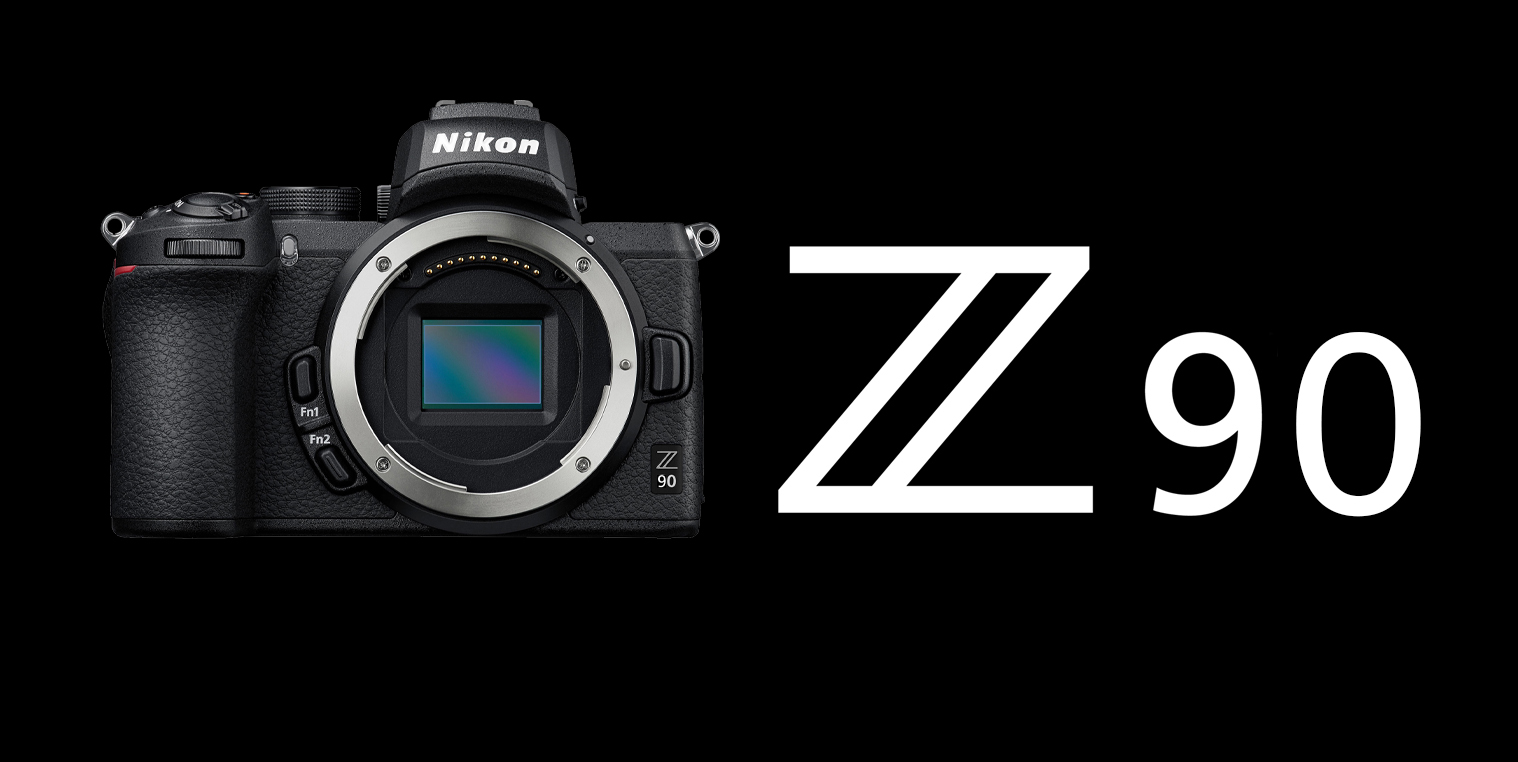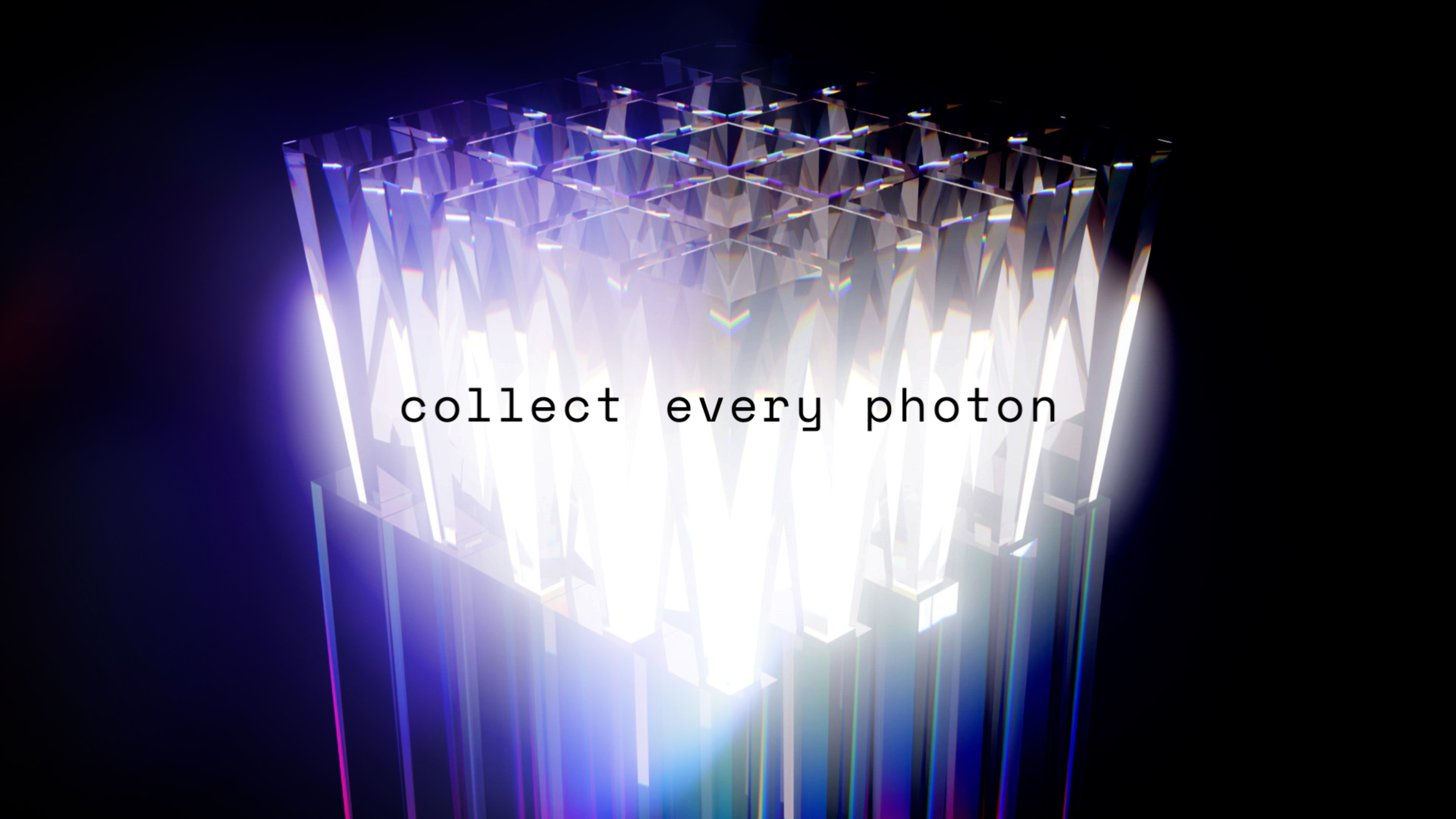Is the Nikon Z90 an actual thing, or just wishful thinking?
The Nikon Z90 is one of the most talked-about cameras on the internet – but is it actually in Nikon's plans?

The Nikon Z90 is a camera that has been, and is being, talked about to a staggering degree – certainly for a camera that doesn't actually exist yet.
Interchangeably described as a replacement for the Nikon D500 and as a "baby Nikon Z9" (which is actually what the manufacturer labeled the Nikon Z8), the Nikon Z90 is claimed to be a 33MP DX (APS-C) body that takes aim at the Canon EOS R7.
While it can be dangerous to put all your eggs in one basket when it comes to camera rumors, like I always say, where there is smoke you will often find fire. And there is certainly some logic to what is currently being discussed.
Nikon definitely needs a mirrorless challenger to the EOS R7 – the latest in the lineage of APS-C bodies that marry high-resolution images and rapid-fire shooting with the crop factor that amplifies the focal length of lenses. Historically, these de facto APS-C flagship cameras are enormously popular with sports and wildlife shooters looking for an alternative to full-frame professional cameras.
While Nikon has found huge success with the full-frame equivalents, the Z8 and Z9, so far its APS-C bodies have been limited to entry-level, intermediate and content creation users. Adding the Nikon Z90 to its lineup would fill a very prominent gap.

Nikon Z90 specifications (rumored)
• 33MP DX sensor
• 4K 60p (oversampled) / FullHD 120p or 180p video
• 15fps burst shooting
• 6 stops of in-body image stabilization
• 3.2-inch tilting touchscreen
• 1x CFexpress Type B, 1x SD card slot
There has been conflicted muttering about whether or not the sensor will be stacked. The Fujifilm X-H2S proves that APS-C stacked sensors produce monster performance (ditto the OM System OM-1, on an even smaller Micro Four Thirds sensor), though the R7 doesn't have a stacked sensor.
Get the Digital Camera World Newsletter
The best camera deals, reviews, product advice, and unmissable photography news, direct to your inbox!
What the R7 does have, however, is a much faster burst speed than the Nikon Z90, topping out at 30fps with its electronic shutter and 15 mechanically. Though it could of course be that the Z90's listed 15fps bursts are also mechanical-only; given the market for this camera, I'd be amazed if that really is as fast as it shoots – particularly for a camera that uses CFexpress cards.
I've always felt that the split CFexpress / SD setup is an elegant solution that enables you to keep using your existing memory cards, and upgrade to the newer format at your own convenience (rather than being CFexpress-only, and substantially adding to the cost of entry). The tilt-only screen may or may not be a limitation, depending on your perspective, but otherwise everything here is largely what I would expect.
At one point I heard that as many as nine different Z-mount prototypes were being tested in the field, and I'd put money that a Nikon Z90-specced body was among them. It makes all the sense in the world for the Big N to launch a camera like this – so whether the specs and/or name end up a little different, it's a safe bet that the Z90 or something like it is in the pipeline.
Take a look at the best Nikon cameras, along with the best Nikon lenses and the best Nikon Z lenses specifically for mirrorless.

James has 22 years experience as a journalist, serving as editor of Digital Camera World for 6 of them. He started working in the photography industry in 2014, product testing and shooting ad campaigns for Olympus, as well as clients like Aston Martin Racing, Elinchrom and L'Oréal. An Olympus / OM System, Canon and Hasselblad shooter, he has a wealth of knowledge on cameras of all makes – and he loves instant cameras, too.
